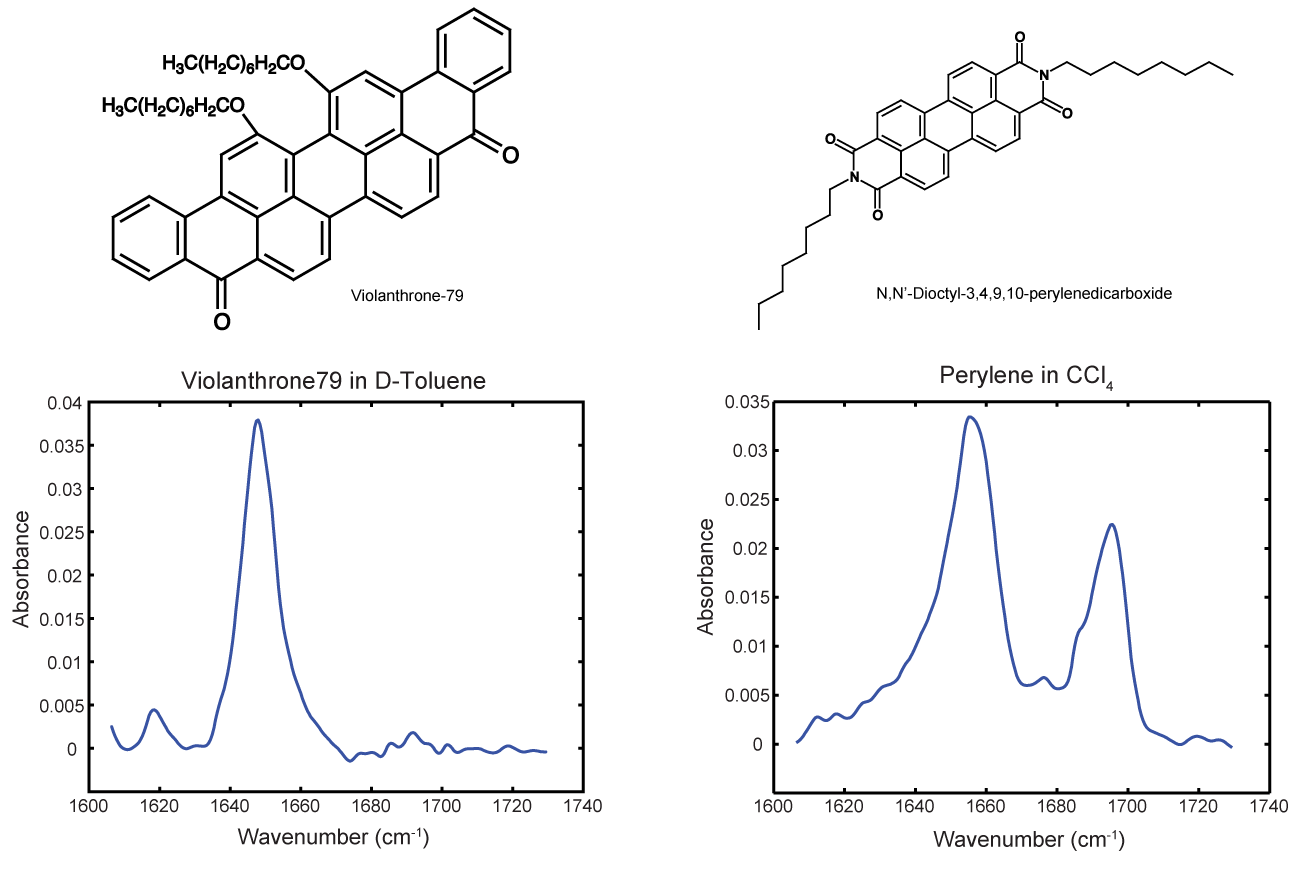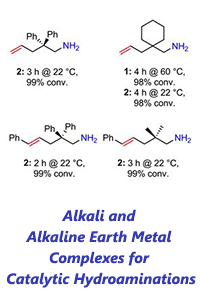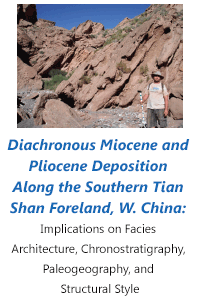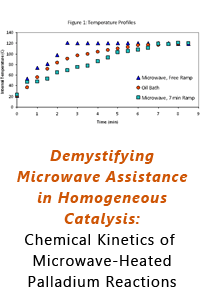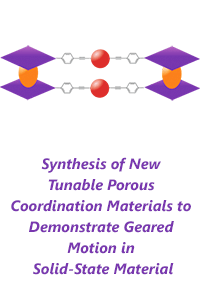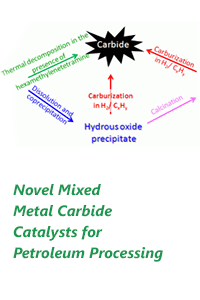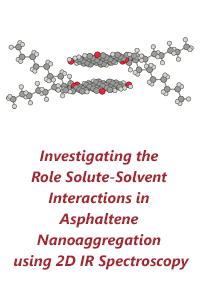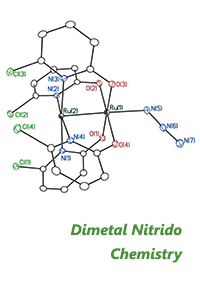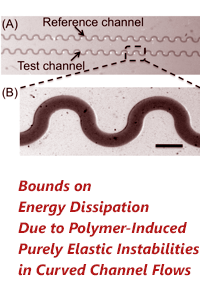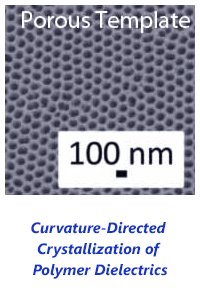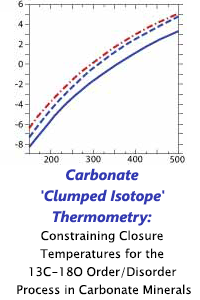57th Annual Report on Research 2012 Under Sponsorship of the ACS Petroleum Research Fund
Reports: DNI651228-DNI6: Investigating the Role Solute-Solvent Interactions in Asphaltene Nanoaggregation using 2D IR Spectroscopy
Amber T. Krummel, PhD, Colorado State University
Overview
The funding cycle from 2011-2012 represents the first year of funding for this project from the American Chemical Society Petroleum Research Fund. Already this funding has made a significant impact on the research progress in my group. The ACS PRF was used to support one full-time graduate research assistant, one month of the PI's summer salary, graduate student conference travel, and the purchase of consumables required for assembling our two-dimensional infrared (2D IR) spectrometer and preparing samples of model asphaltene compounds.
The
funding provided to this project has made a significant impact on my student's
career, as well as my own. Ms.
Jenée Cyran is now beginning her third year of graduate school. Ms. Cyran has been fully supported on
this ACS PRF project and thus has benefited from having time in the lab in
order to gain traction in her research.
She has made significant progress in her research and as a result
attended the 6th International Conference on Coherent
Multidimensional Spectroscopy in Berlin, Germany this past summer. During this conference we were able to
participate in the exchange of ideas that is sure to push our work forward in
the near future. Scientific
Progress A two-pronged approach was
taken in year 1 (2011-2012) of this project in order to be in a position to
accomplish the scientific tasks outlined in this research project. To this end, Ms. Cyran worked on
developing the appropriate molecular system for our investigations into
asphaltene nanoaggregation and worked with a second student in my research
group, Jacob Nite, to build our 2D IR spectrometer. Two-dimensional
infrared spectroscopy is a third order, nonlinear optical spectroscopy, which
requires three electric fields to be overlapped in spatially and temporally at
the sample. Subsequently, the
sample emits the third order signal that depends on the wave vector direction,
the relative time delays between the excitation pulses, the relative
polarization and phases of the excitation pulses. Recently, dramatic improvements have
been made in acquisition times and the relative ease with which an absorptive
2D IR spectrum can be collected through utilizing mid-IR pulse shaping
technology. During year 1 of this
project we have built our 2D IR spectrometer and during this process discovered
a path to make Bragg-regime pulse shaping technology compatible with broad bandwidth,
mid-IR pulses. Based on our
results, we filed a provisional patent application and our manuscript titled,
"Active Bragg angle compensation for shaping ultrafast mid-infrared pulses,"
has been accepted for publication in Optics Express. We are now working towards collecting 2D
IR spectra of a chemical system that will serve to model asphaltenes. We have identified two model
compounds that will allow us to answer to critical questions regarding
asphaltene nanoaggregation. Based
on previous efforts in the literature, two compounds routinely used to model
asphaltene behavior are violanthrone-79 and N,N'-dioctyl-3,4,9,10-perylenedicarboxide;
the chemical structures are shown in Figure 1. Ms. Cyran has developed a protocol for
sample preparation of the model compounds in deuterated toluene and carbon
tetrachloride. These solvents are
chosen in order to consider the solubility definitions of asphaltenes and to
take care to remove solvent contributions to the linear and 2D IR spectra of
the samples. Currently, our efforts
are focused on extracting an accurate local mode description of the carbonyl
oscillators in each of the model compounds and using 2D IR spectroscopy to
determine the effect the molecular symmetry has on the molecular stacking
configurations in nanoaggregates. Representative
linear IR spectra corresponding to nanoaggregates of violanthrone-79 and N,N'-dioctyl-3,4,9,10-perylenedicarboxide are provided in
Figure 1. In addition to
preliminary experiments, Ms. Cyran has performed a suite of electronic
structure calculations that provide a local mode description of the carbonyl
stretching vibrations in violanthrone-79 and N,N'-dioctyl-3,4,9,10-perylenedicarboxide. These calculations suggest that the
vibrational transition dipoles associated with the carbonyl groups directly in
the ring structures lie along the C=O bond and are degenerate in energy. During year 2 of this project, we will
develop a vibrational coupling model that describes the vibrational
interactions between these oscillators using electronic structure calculations
in conjunction with our 2D IR spectra.
We will then be able to determine a detailed picture of the molecular stacking
configurations in asphaltene nanoaggregates. In Figure 2, two possible stacking
configurations for violanthrone-79 are shown. We will use 2D IR spectroscopy to
discriminate between these two scenarios.
Figure 1. Chemical structures of violanthrone-79 and N,N'-Dioctyl-3,4,9,10-perylenedicarboxide. Representative linear IR spectra of the carbonyl stretching region are shown for each model compound
in the lower panels; the violanthrone-79 is in deuterated toluene and the
perylene derivative is in carbon tetrachloride.
Figure 2. Two hypothetical stacking
configurations of violanthrone-79 molecules. The vibrational signatures in the 2D IR
spectrum will be dependent upon the distances and relative orientations of the carbonyl
groups in the nanoaggregates that form.
It is expected that five to eight molecules make up a nanoaggregate.
